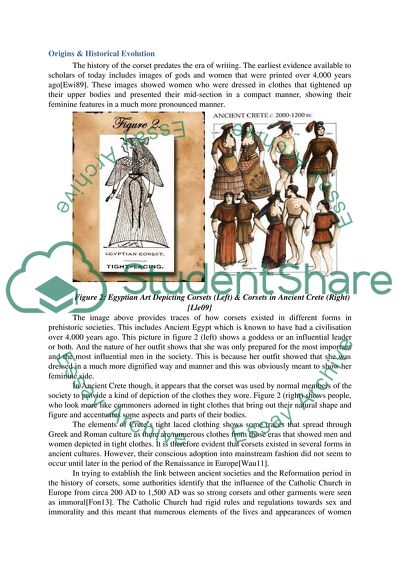Cite this document
(“Fashion History of the corsets, and why is it considered iconic Essay”, n.d.)
Fashion History of the corsets, and why is it considered iconic Essay. Retrieved from https://studentshare.org/visual-arts-film-studies/1679042-fashion-history-of-the-corsets-and-why-is-it-considered-iconic
Fashion History of the corsets, and why is it considered iconic Essay. Retrieved from https://studentshare.org/visual-arts-film-studies/1679042-fashion-history-of-the-corsets-and-why-is-it-considered-iconic
(Fashion History of the Corsets, and Why Is It Considered Iconic Essay)
Fashion History of the Corsets, and Why Is It Considered Iconic Essay. https://studentshare.org/visual-arts-film-studies/1679042-fashion-history-of-the-corsets-and-why-is-it-considered-iconic.
Fashion History of the Corsets, and Why Is It Considered Iconic Essay. https://studentshare.org/visual-arts-film-studies/1679042-fashion-history-of-the-corsets-and-why-is-it-considered-iconic.
“Fashion History of the Corsets, and Why Is It Considered Iconic Essay”, n.d. https://studentshare.org/visual-arts-film-studies/1679042-fashion-history-of-the-corsets-and-why-is-it-considered-iconic.


